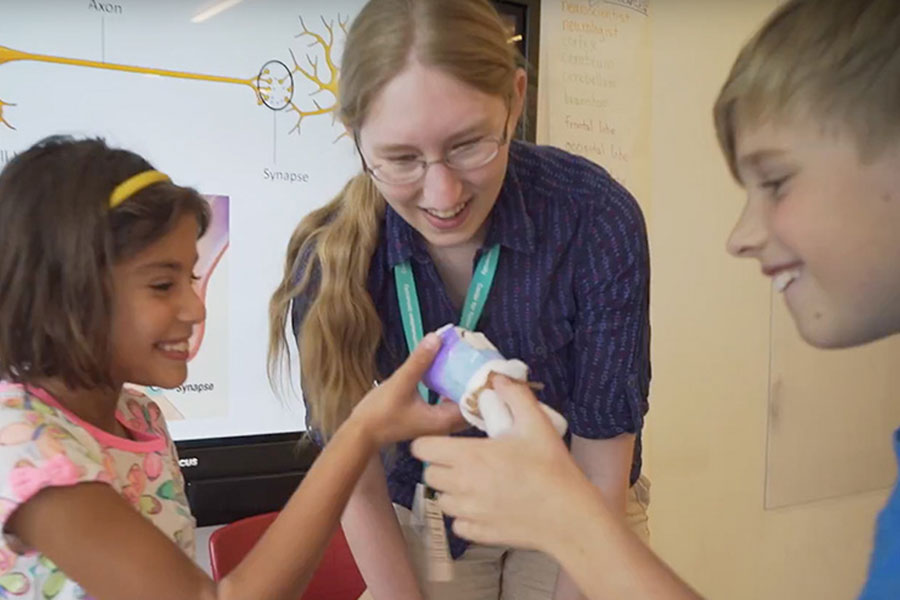Director’s Message: Gifted Educational Policy & Where We’re Headed
By Paula Olszewski-Kubilius, CTD Director
Currently in the United States, whether or not a child receives gifted services largely depends on where the child lives. Programming is largely determined at the school and district level. In their article, Leaving Talent on the Table: Fixing Gifted Education in America, authors Norm Augustine and Rudy Crew lament the lack of attention to the education of gifted children in our current educational policy, at both the federal and state levels. They cite a report from the National Association for Gifted Children (NAGC), which shows there is tremendous unevenness across the U.S. in terms of funding for gifted education and state policies on identifying and providing services for gifted children.
Augustine and Crew point out that the patchwork of policies largely results from two incorrect assumptions: (1) gifted children will make it on their own without any special services and (2) gifted students do not exist among impoverished or minority populations. I would add a third important misperception to this list, which significantly impacts our nation’s commitment to the education of academically talented children—namely—(3) anyone, any teacher can cultivate the abilities of gifted children, and no special training is needed to work with these children.
The NAGC State of the States report from 2014-2015 found that only one state, Nevada, required pre-service teachers to take coursework in gifted education; five states required professional development in gifted education for teachers but did not specify how much; 18 states had no policy about training in gifted education for teachers; and 11 states had voluntary training only. This is alarming since the same report indicated the predominant way of serving gifted children is within the regular classroom, meaning all teachers are working with gifted children.
The lack of training in gifted education is especially harmful to the identification of culturally and linguistically diverse children, as well as low income children. A recent study by economists Card and Giuliano found that minority and low-income children who have high IQ scores are missed in identification systems, which rely too heavily on teacher referral or parent advocacy for recommendations. They conclude: "our findings suggest that the underrepresentation of low-income and minority students in gifted education is not due solely to the lower IQ scores of these students. A substantial share of the gap appears to be caused by the failure of the traditional parent/teacher referral system to identify high-ability, disadvantaged students.”
So how can we move forward? Teachers desire to challenge all of their students, and we need to give them the tools and resources to do just that. We need to provide them with strategies on how to group them for instruction, how to select advanced curriculum, when and how to accelerate, and how to support the cultivation of mindsets that support high achievement. Additionally, with our increasingly diverse school population in the U.S., teachers are called upon to hold high expectations for all students and acquire competence in identifying and responding to multicultural expressions of exceptional talent and ability. Teachers must be given the opportunity to receive training in gifted education to better detect indications of ability, which may not be consistently apparent through test scores or classroom assignments. Teacher training is an essential part of the solution if we are to get talent back on the table.
Look out for more upcoming posts related to new changes to educational policy and the Every Student Succeeds Act (ESSA), which was signed into law on December 10, 2015.

